Thanks to submarine cable technology, global companies are effectively competing to connect millions, perhaps even billions, of users in Africa to the internet.
Google, Microsoft, and Amazon play a significant role in financing these cables.
The world’s longest submarine cable system, 2Africa, is a prime example. Built through a partnership between Meta, Orange, Vodafone Group, and China Mobile, the cable connects Europe, Africa, and the United Kingdom.
PROJECT WATERWORTH AND CONTINENTAL CONNECTIVITY
In the near future, Meta’s Project Waterworth will establish a new 50,000 km system linking the U.S., Brazil, South Africa, and India.
Such projects are concretely strengthening the continent’s connectivity. According to GSMA data, Sub-Saharan Africa adds approximately 30 million new mobile users with internet access each year.
Despite this progress, around 400 million people in the region remain offline. This number represents half of the world’s offline population, highlighting the critical importance of submarine cable projects for the continent.
MAINTENANCE AND CHALLENGES
As more systems reach African shores, companies like Orange Marine are responsible for their maintenance.
Submarine engineers face extreme conditions, particularly off the Congo River, where 800-meter-deep canyons and mudslides create significant challenges.
While these submarine cable systems help reduce wholesale prices, turning global capacity into local access remains an ongoing issue. Companies like MTN are addressing this challenge by building data centers.
DIGITAL SOVEREIGNTY CONCERNS
Despite this optimism, concerns over digital sovereignty are rising.
U.S. laws allowing authorities to access data stored abroad intensify these concerns.
In short, while progress is being made across the continent, Africa remains dependent on U.S. and Chinese technologies. New data localization laws in Ghana and Kenya are efforts to overcome this dependency.
The increase in submarine cables across Africa marks a turning point in the continent’s digital evolution. However, challenges such as building resilient infrastructure and safeguarding digital sovereignty still persist.



